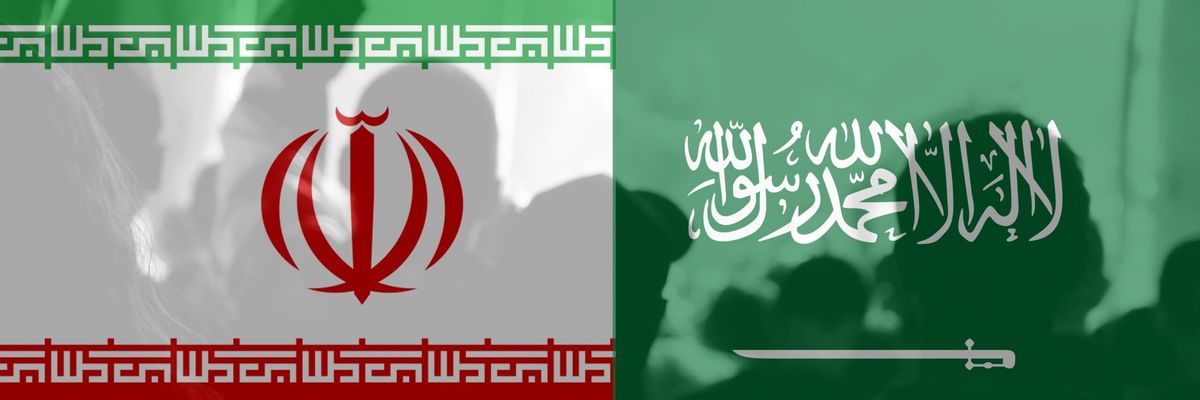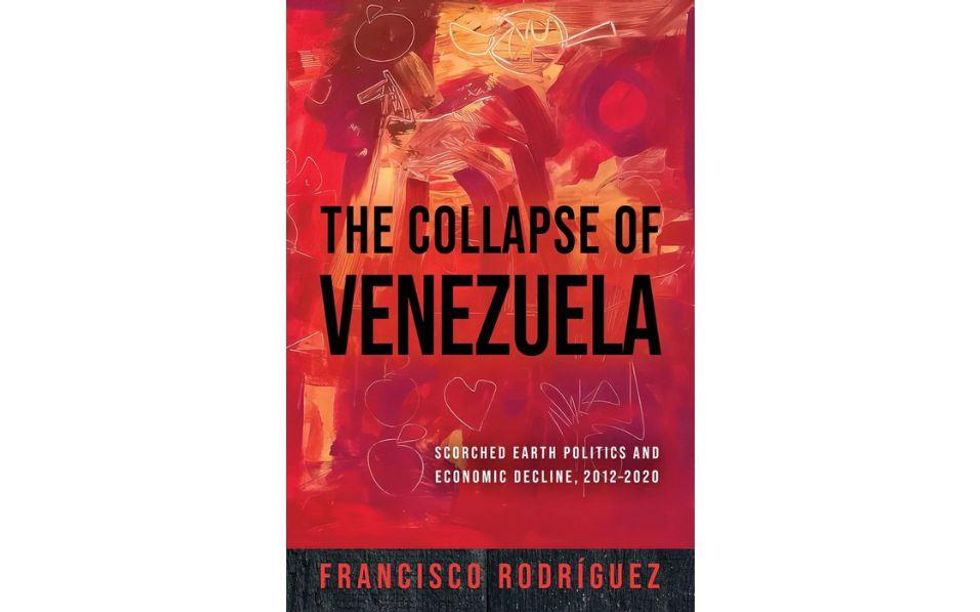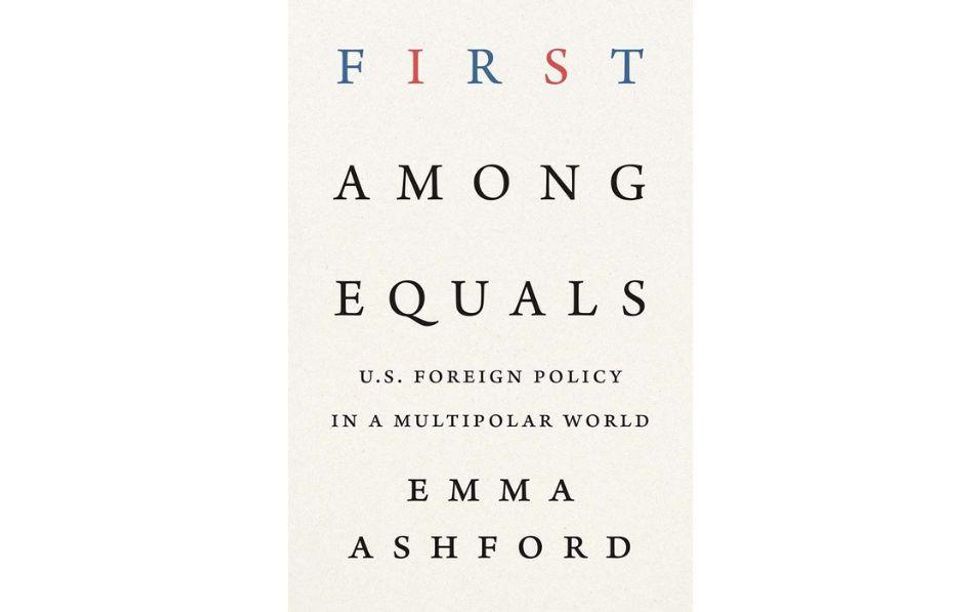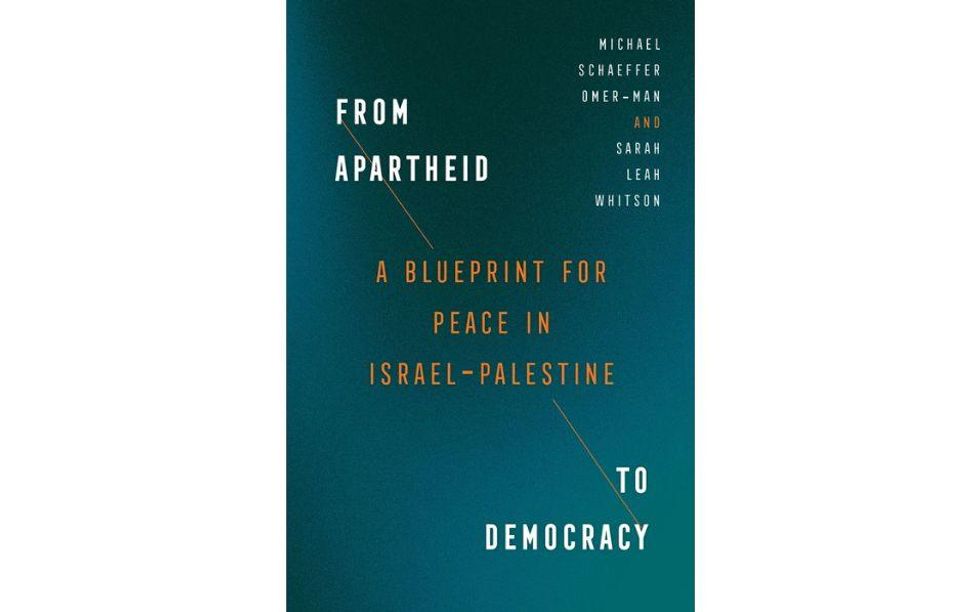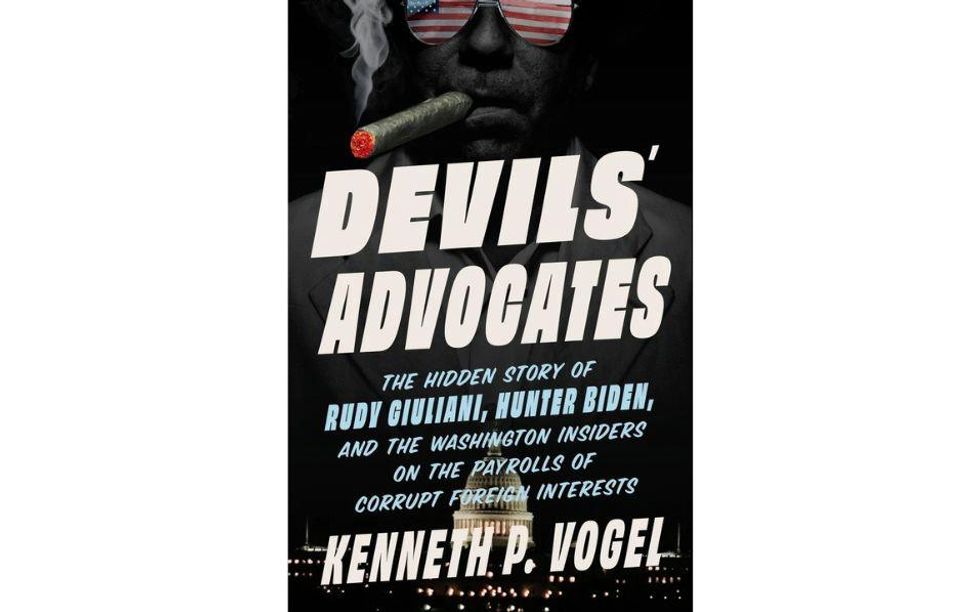Until recently, tensions between Iran and Saudi Arabia were slowly easing. In April 2021, Tehran and Riyadh began engaging each other in rounds of direct talks in Baghdad via Iraqi and Omani channels. Recent developments, however, have dimmed hopes for any new Iranian-Saudi understanding as bilateral talks have halted against the backdrop of escalating tensions.
Tehran sees a Saudi hand in the unrest across Iran with Riyadh encouraging “rioters” following Mahsa Amini’s killing in mid-September. Iranian intelligence minister Esmail Khatib recently told Saudi Arabia that Iran’s “strategy of patience” is not guaranteed to continue. “From Iran's point of view, any instability in the countries of the region is contagious, and any instability in Iran can be contagious to the countries of the region.”
Playing off Fears and the Blame Game
“If the will of the Islamic Republic of Iran is given to reciprocate and punish these countries, the glass palaces will collapse, and these countries will not see stability,” Khatib declared. Last month, the Islamic Revolutionary Guard Corps' top commander Hossein Salami similarly threatened Saudi Arabia’s “glass palaces” when addressing the Kingdom’s ties to Israel.
On November 1, the Wall Street Journal reported that Iran was allegedly plotting an “imminent attack” against Saudi Arabia.
This rhetoric about the Gulf Cooperation Council’s “glass palaces” goes back to 2019 when Hezbollah’s Hassan Nasrallah threatened the United Arab Emirates. He told the then-Crown Prince of Abu Dhabi Mohammed bin Zayed that a regional war would jeopardize Emirati “glass cities.”
“The Iranian government is struggling to contain the protests that erupted after the death in police custody of Mahsa Amini,” Barbara Slavin, Director of the Future of Iran Initiative at the Atlantic Council, told Responsible Statecraft. “It is blaming a variety of outside actors that are historic rivals such as the U.S., Israel, and Saudi Arabia. That said, the regime is particularly sensitive to the programs aired by Iran International, which have become widely viewed in Iran, where almost everyone has access to satellite dishes.” Iran International is a London-based television broadcaster that serves as an outlet for the Iranian opposition. In 2018, The Guardian revealed that the network receives funding from a company that is tied to the Crown Prince of Saudi Arabia, which Iran International denies.
Tehran recently designated Iran International a “terrorist organization.” The Ministry of Information announced that links to it will be considered a threat to national security. This move was part of Tehran’s efforts to raise the costs for Iranians cooperating with Iran International. In fact, earlier this month, British police warned two UK-based British-Iranian journalists employed by Iran International that Tehran had a “credible” plot to kill them abroad.
Experts say that the Iranian regime seeks to rally the population behind the flag and exploit divisions between Iranians who are demanding fundamental changes to their country’s governance and society. “Tehran aims to fragment the internal opposition, release the domestic pressure, spin the argument and widen the arena to include a conspiracy against the Islamic Republic,” explained Talal Mohammad, a consultant and academic visitor at St. Antony’s College, University of Oxford who authored “Iranian-Saudi Rivalry since 1979: In the Words of Kings and Clerics.”
“This bolsters the legitimacy of the state and image of the state,” he added in his interview with Responsible Statecraft. “This is done by summoning and instrumentalizing Iranian sentiments towards Riyadh and the GCC that are rooted in their support for Saddam against Tehran in the 1980s.”
Media and the War of Narratives
Such tensions manifest in a wider context that predates the eruption of Iran’s ongoing upheaval. For many years the Islamic Republic has invested much in its own state media with limited success in terms of convincing Iran’s population of its narratives, according to Hamidreza Azizi, an Iran expert at the German Institute for International and Security Affairs.
“The foreign-based Persian language media like BBC Persian, VOA Persian, and Iran International have been more successful in that regard. Iran International over the past few years has been more successful in attracting audiences among the Iranian population.” Azizi explained that the current protests merely “brought this issue to the surface and made it more of a security concern for the Islamic Republic.”
Mohammad believes that lowering temperatures in Iranian-Saudi relations will require addressing this weaponization of media on both sides. This would mean not only Riyadh changing its policies toward Iran International, but also Tehran doing the same with al-Alam and Press TV, which have been focusing recently on Saudi Arabia and Bahrain’s human rights violations. Nonetheless, this appears unlikely. For decades, the Saudi government has resented Iran’s use of media to foment divisions in Arab countries. Riyadh is gleefully seizing the opportunity to return the favor while Iran faces its gravest internal challenge to regime legitimacy since 1979.
The Iraqi and Yemeni Files
The appointment of Iraq’s new prime minister, Mohammed Shia' Al Sudani, also contributes to the friction between Tehran and Riyadh. Saudi Arabia and other Arab states felt comfortable with Sudani’s predecessor, Mustafa al-Kadhimi, facilitating their diplomatic engagement with Tehran. However, the perception in Riyadh and other capitals is that Sudani is far more under the Iranian sway than Kadhimi.
“There are problems on the Iranian side, problems on the Saudi side, and problems with regard to the venue which is Iraq,” said Azizi. “The combination of all three means that in the near future maybe we should lower our expectations for any progress or any positive development in Iran-Saudi relations, or their diplomatic engagement.” Nonetheless, on November 19 Iraq’s Foreign Minister Fuad Hussein stated that the newly installed government in Baghdad will continue Iraq's efforts to continue pushing Tehran and Riyadh to carry on with their bilateral dialogue to address “some outstanding issues.”
Last month’s collapse of Yemen’s fragile truce is another variable. Saudi Arabia is disappointed with Iran’s purported failure to rein in the Houthis and pressure them to become more accommodative of Riyadh’s security concerns. Some analysts contend that perhaps Tehran pushed the Houthis to refuse to agree to extending the truce in October as part of Iran’s agenda of putting pressure on adversaries to make concessions to the Islamic Republic in relation to the stalled nuclear talks.
“Iran sees no reason to talk to Saudi Arabia at the moment, particularly since other Arab Gulf states have already resumed full diplomatic relations with Tehran and it would be difficult at least in the near future for these states to immediately withdraw their ambassadors, unless there is a direct confrontation between Iran and the Kingdom,” explained Mohammad. Indeed, Saudi policies toward Iran are on a bilateral basis, not involving other GCC states. The UAE and Kuwait recently restored ties with Tehran at the ambassadorial level and improvements in Iran’s relations with Saudi Arabia’s fellow GCC states have potential to continue progressing irrespective of tensions between Tehran and Riyadh.
Friction between Tehran and Riyadh might not necessarily explode. “Despite the harsh rhetoric, I don’t think the Iranians are looking for a fight with the Saudis now,” said Slavin. “They are far too preoccupied with domestic unrest and internal debate over how to keep their system afloat.”
At the same time, with Saudi Arabia promoting Vision 2030 (the Kingdom’s grandiose and ambitious plan for diversifying the Saudi economy from oil), which requires stability and more foreign investment, Riyadh will probably seek to avoid actions that risk a repeat of the September 2019 Aramco attacks. With the World Cup in Qatar this month, Riyadh and the other five GCC capitals all want to reap economic benefits from this global event. Cities and energy infrastructure in the GCC being targeted by the Islamic Republic’s wrath would severely harm Riyadh’s interests.
Ultimately, it is unclear what this recent reversal of diplomatic progress between Tehran and Riyadh means for the region. Mindful of how animosities in this bilateral relationship are so deep rooted, no realistic analyst expected Iranian-Saudi relations to quickly improve and it was clear that setbacks to progress achieved at the Baghdad talks were always possible.
Yet, considering how much worsening tension between these two powers can bode negatively for stability in the Middle East, exacerbated problems between Tehran and Riyadh could be felt throughout the wider region in many dangerous ways.
With Iran and Saudi Arabia both being important powers in the wider Islamic world, the possibility of a more cooperative and less hostile bilateral relationship raised hopes for greater peace and prosperity in the region, particularly in countries such as Yemen, where Tehran and Riyadh’s opposing interests have been one of the drivers of war. Yet, with nasty tensions resurfacing in Iranian-Saudi relations there is less reason to expect progress on complicated regional files which stood to move in the right direction had diplomatic engagement between Tehran and Riyadh continued.

